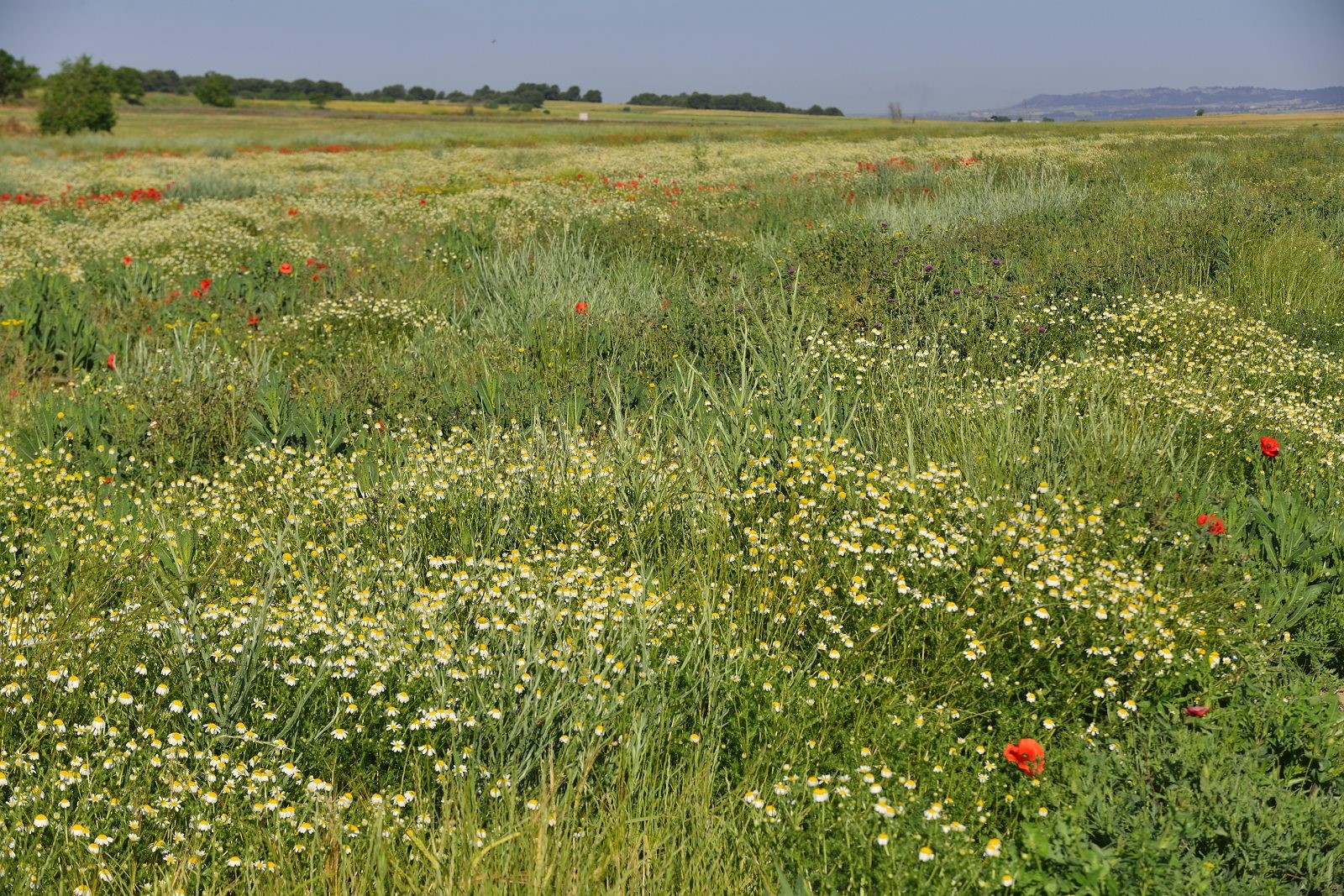The last changes in the European Union's agricultural policy will disproportionately impact biodiversity and support further intensification of livestock production, according to an article published in the journal Communications Earth and Environment by European biodiversity experts.
"European green agricultural policies have been relaxed, allowing cultivation of fallow land to produce animal feed and meet shortfalls in exports from Ukraine and Russia", declares the team. "Conversion of semi-natural habitats will negatively impact long term biodiversity and food security."
"La exigencia ambiental de la Política Agrícola Común se ha relajado, permitiendo el cultivo de tierra en barbecho para producir alimento animal y cubrir el déficit en las exportaciones de Ucrania y Rusia", aseguran los representantes del equipo. "La conversión de estos hábitats seminaturales tendrá un impacto muy negativo en la biodiversidad agrícola y la seguridad alimentaria".
The European Union's new (2023–2027) Common Agricultural Policy (CAP) aims to reverse current environmental degradation and biodiversity declines in European farmland through the achievement of three green objectives: contribute to climate change mitigation, support efficient natural resource management, and reverse biodiversity loss.
Following the outbreak of war in Ukraine, the European Commission adopted a series of short and medium-term relaxations to CAP's environmental commitments to offset expected shortages in grain imports and enhance food security. Specifically, it is allowing the cultivation of fallows, which were part of the ‘Ecological Focus Areas' contemplated in green payments of the CAP.
The arguments reporting the negative impact of this measure are based on the revision of European agricultural statistics, as well as on the main research results on the relationship between agricultural and biodiversity management. According to Mario Díaz, coauthor of the article and researcher at the National Museum of Natural Sciences in Madrid (MNCN-CSIC), "We've studied the relationships between agricultural and biodiversity uses and associated ecosystem services. Our studies show that extensive agriculture provide environmental benefits, opposite to agricultural intensification or abandonment that generate negative effects".
"Europe should address a more sustainable agriculture because, according to the studies published to date, intensive livestock and agriculture will exhaust land productivity", says Manuel Morales, lead author of the article, which has been signed by members of several European research centres, including the AUtonomous University of Madrid, the Forest Science and Technology Centre of Catalonia (CTFC), the University of Barcelona, the University of Valladolid and several centres of the Spanish National Research Council, the National Museum of Natural Sciences, the Doñana Biological Station and the Institute for Game and Wildlife Research.
"To sum up, these policy changes may sacrifice long-term biodiversity and agricultural sustainability, in favour of modest increases in current agricultural production and alleged improvements of food security", concludes Gerard Bota, researcher at the CTFC.
Referencia bibliográfica:
Morales, M.B., Díaz, M., Giralt, D., Sardà-Palomera, F., Traba, J., Mougeot, F., Serrano, D., Mañosa, S., Gaba, S., Moreira, F., Pärt, T., Concepción, E.D., Tarjuelo, R., Arroyo, B., Bota, G. 2022. Protect European green agricultural policies for future food security. Communications Earth & Environment 3:217. https://doi.org/10.1038/s43247-022-00550-2
Contacto
Estación Biológica de Doñana – CSIC
https://doi.org/10.1038/s43247-022-00550-2








 ¡Abierta convocatoria para proyectos de investigación en la ICTS- Doñana!
¡Abierta convocatoria para proyectos de investigación en la ICTS- Doñana!


